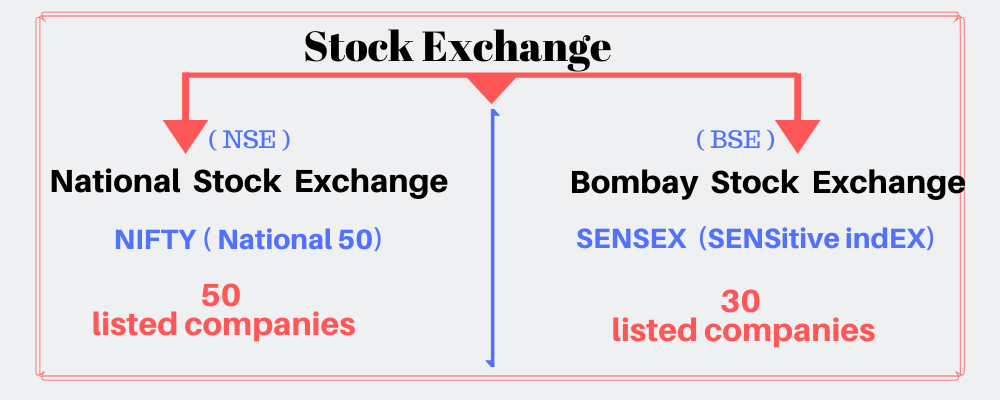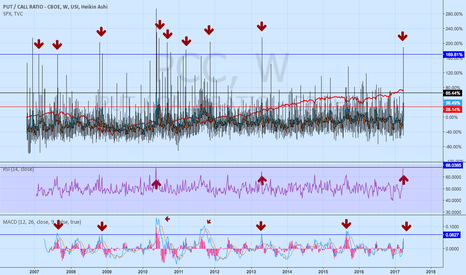

By using common size analysis, comparisons can be more easily made both across time and across the industry. Putting the current numbers up against the benchmark would allow the company to see where its operations might be lacking. As an example, imagine that a company has total assets measuring $10,000 US Dollars . Out of that total, it has $2,500 USD in cash, $3,500 USD in accounts receivable, and $4,000 USD worth of inventory. To render these different elements for common size analysis, they would all be reduced to a percentage of the total assets.
Once converted to common-size percentages, however, we see that Coca-Cola outperforms PepsiCo in virtually every income statement category. Coca-Cola’s cost of goods sold is 36.1 percent of net sales compared to 45.9 percent at PepsiCo. Coca-Cola’s gross margin is 63.9 percent of net sales compared to 54.1 percent at PepsiCo. Coca-Cola’s operating income is 24.1 percent of sales compared to 14.4 percent at PepsiCo.
Financial information should not be solely relied on to make decisions; factors such as industry trends and competitive pressures should also be taken into consideration. First, the cost of goods sold for the business firm has increased from Year 1 to Year 2. The COGS usually includes direct labor costs and the cost of direct materials used in production. One reason the cost of goods sold has gone up is that sales have gone up, but here is an important distinction.
Make sure to take note of this formatting for when you’re creating your own balance sheets. 6 Simple Metrics for Bank Stocks Analysis So you want to start analyzing bank stocks? 5 Harsh Lessons About Investing in Raw Materials Companies Raw materials companies are sometimes lauded by investors as great plays against rising inflation due to their hard asset nature. The Structured Query Language comprises several different data types that allow it to store different types of information…
Identifying operational trends – Common-size analysis can be used to identify trends in a business’s operations. For example, if a business’s operating expenses have consistently been a certain percentage of its sales, it may be an indication that the company is efficiently managing its costs. Generally speaking, a common-size financial statement is a type of analysis of an income statement that expresses each line of the statement as a percentage of sales. Sadly, a standard-size balance sheet fails to identify the same to provide the real positions of assets, liabilities, etc.
Common size financial statements commonly include the income statement, balance sheet, and cash flow statement. Common size analysis is a method of comparing either financial statements of different-sized companies or financial statements of one company from different time periods. It achieves these comparisons by measuring some part of a company’s financial operations against the totality of the operations. By doing this, common size analysis reduces the raw numbers to percentages that allow for much easier comparison between companies and across time. This method of analysis may be performed on either income statements or balance sheets, but it is only as accurate as the accounting practices used to come up with the numbers. The only difference is that each line item on this accounting balance sheet is expressed as a percentage of total assets.
- The difference is that horizontal analysis usually compares data over multiple periods, as opposed to vertical analysis, which deals with comparing figures of one time period.
- Debt issuance is another important figure in proportion to the amount of annual sales it helps generate.
- While you viewed IBM on a stand-alone basis, like the R&D analysis, IBM should also be analyzed by comparing it to its key rivals.
- Sam can even easily to compare the results of his small business with that of large competitors since the common size amounts would be in percentages instead of dollars.
The most significant benefit of a common size analysis is that it can let you identify large or drastic changes in a firm’s financials. Rapid increases or decreases will be readily observable, such as a rapid drop in reported profits during one quarter or year. A company could use common size analysis to identify changes in its own balances between years or it could compare its results to that of its competitors.
Analisis Common Size Laporan Keuangan [Formula + Contoh]
Changes in the components of the income statement, balance sheet, and cash flow statement can provide important insight into the underlying operations of a company. While most firms do not report their statements in common size format, it is beneficial for analysts to do so to compare two or more companies of differing size or different sectors of the economy. Formatting financial statements in this way reduces bias that can occur and allows for the analysis of a company over various periods. This analysis reveals, for example, what percentage of sales is thecost of goods sold and how that value has changed over time.

Vertical analysis refers to the analysis of specific line items in relation to a base item within the same financial period. For example, in the balance sheet, we can assess the proportion of inventory by dividing the inventory line using total assets as the base item. In financial statement analysis, it is used to compare companies that operate in the same or different industries or to compare the performance of the same company over different time periods. Then, the same analysis can be done in the year 2020, and any changes in the percentage value can be compared to the prior period. If, for example, the cost of goods sold had decreased to 55%, while the operating expenses increased to 35%, this could indicate that the company had increased efficiency and was able to reduce costs.
What Is a Common Size Financial Statement?
Perform common-size analysis to evaluate financial statement information. The accompanying balance sheet and profit and loss account related to SUMO Logistics Private Limited. Increase in fixed assets and share capital shows that assets are purchased with long term sources of finance. Fixed Assets have increased along with share capital which shows that assets are purchased with long term sources of finance. Illustrate your answer with particular reference to comparative income statement. Profit and loss account shows the operating performance of an enterprise for a period of time.

The common size statement analysis also helps knowing how the company is developing over the years, for example, seeing if they are saving money or are they spending much. Common size ratios are most effective when compared across multiple companies that operate in the same industry. Ratio analysis can help with the identification of a business’ strengths and weaknesses. That can, in turn, help in formulating changes to the business’ overall strategy.
It does not convey proper records during times of seasonal fluctuations in various components of the income statement. As such, it fails to provide precise information to the financial users of the statement. From an investor’s perspective, it gives a clear picture of the various expense accounts, which are subtracted from the total sales to generate the net income. Use industry benchmarks to compare the company’s performance against industry averages or other competitors. It aids a user in determining the trend related to the percentage share of each item on the asset side and the percentage share of each item on the liability side. A firm’s enterprise value can be calculated using this data as well as other ratios used, all of which are used to compare a company to others in its peer group.
Let’s take a few moments to review what we’ve learned about common size analysis and how to apply it. Common size, or vertical analysis, allows an owner to express each financial statement item as a percentage of a base. A company can use common size analysis on its balance sheet, which summarizes its assets , liabilities and equity (the owner’s investment). It can also be used on its income statement, which shows its revenues and its expenses .
Additional Resources
For example, most would consider Paypal a tech company as it operates in the fintech sector, but the company spent zero dollars on R&D in 2020, which is remarkable. You also see higher net income margins related to operating margins, which would lead you to find out how that occurred. Relative importance of individual common size analysis figures can’t be shown in statement with comparative analysis. To sum-up, operating cash flow for the last year was $4m more than ABC’s but not a penny of it went to capital expenditures (reinvesting in the firm’s future). While ABC was investing heavily in capex (including through M&A’s), XYZ distributed dividends.
What Is Meant by Common Size Balance Sheet?
Similarly, considerable increases in the value of assets may mean that the company is implementing an expansion or acquisition strategy, potentially making the company attractive to investors. ABC made use of debt in the first two years as it took more debt than it paid back ; in the 3rd year it paid back more than it took . Let’s look at the common size vertical format balance sheet of Sundaram Pipes, Fittings and Motor Pumps. Cash flow from investing activities reports the total change in a company’s cash position from investment gains/losses and fixed asset investments. Before jumping to the pros and cons of common size analysis, let us have a quick recap on the concept.
Likewise, it is common to use total liabilities as a comparative figure in the analysis to evaluate how risky or conservative a company is in regard to its obligations. This evaluation method allows financial managers to quickly examine financial accounts, even if it is less thorough than trend analysis, which utilizes ratios. The horizontal analysis takes the same line items and looks at the results over a longer period, such as multiple years or quarters.
Method 1 Percentage column is shown beside the amount column of the year to which percentage column belongs. Look for any unexpected items or outliers that do not fit with the norms, such as large discrepancies in certain items. Liquidity Position Of A CompanyLiquidity is the ease of converting assets or securities into cash.

Recent Comments